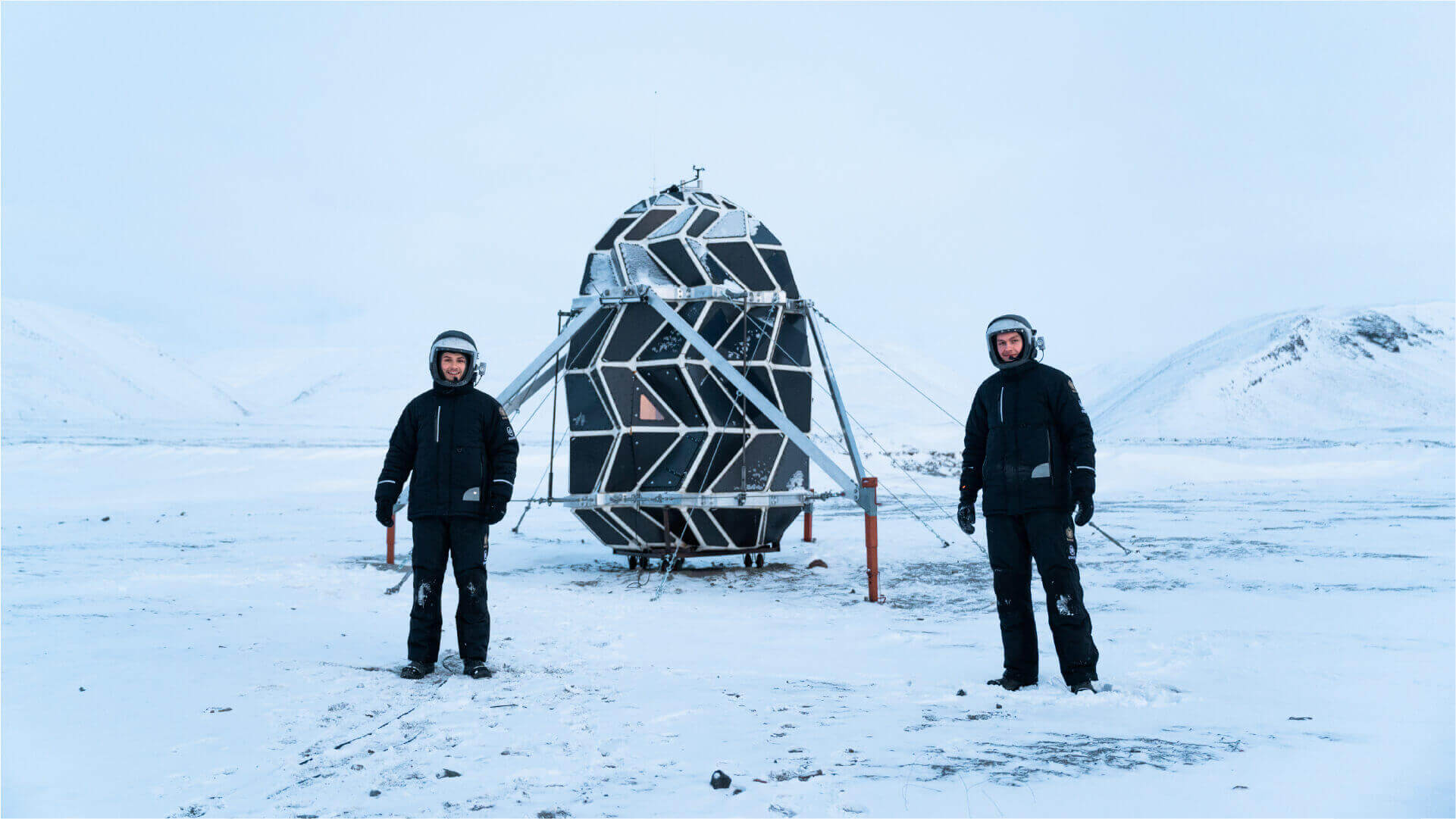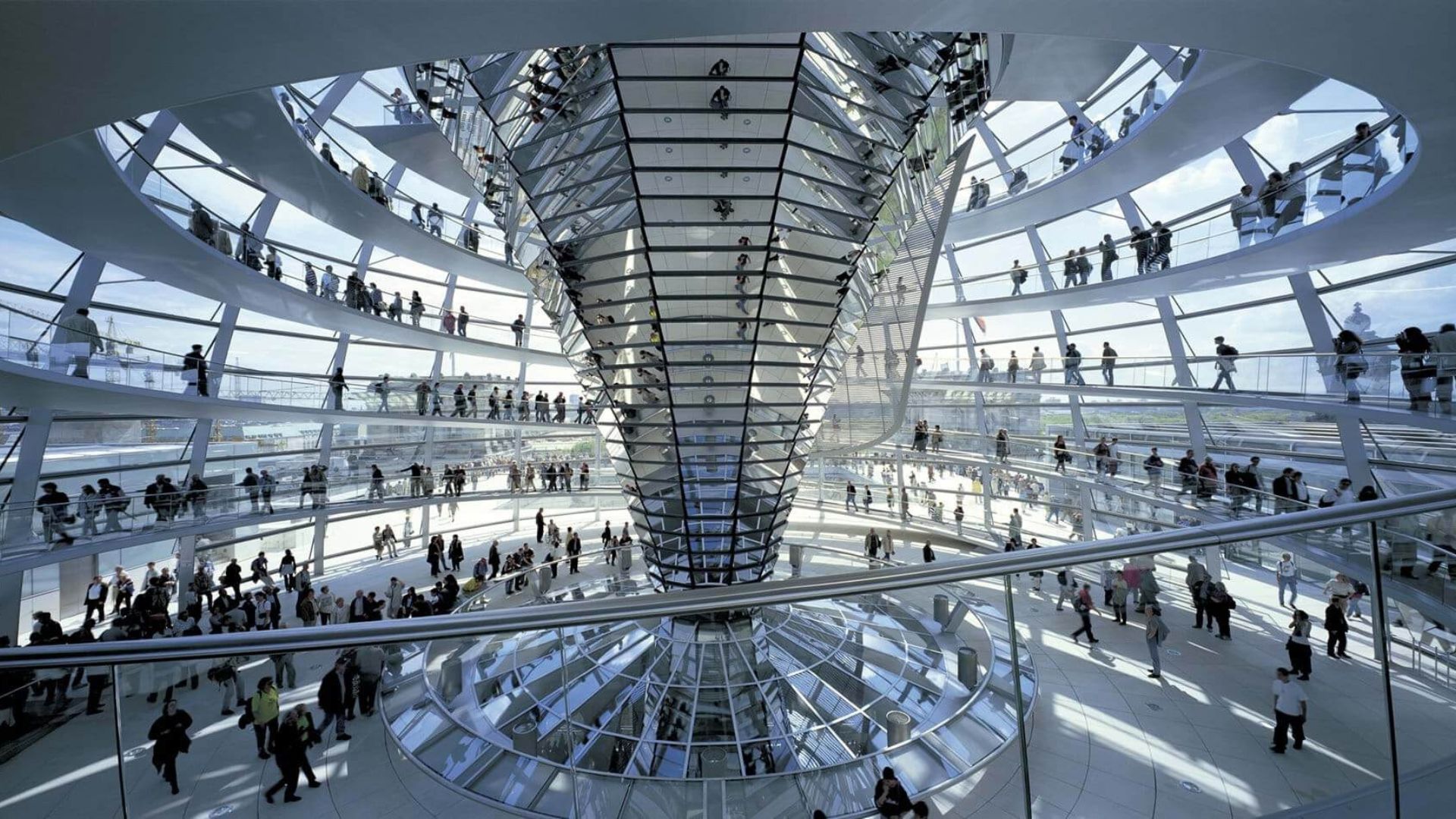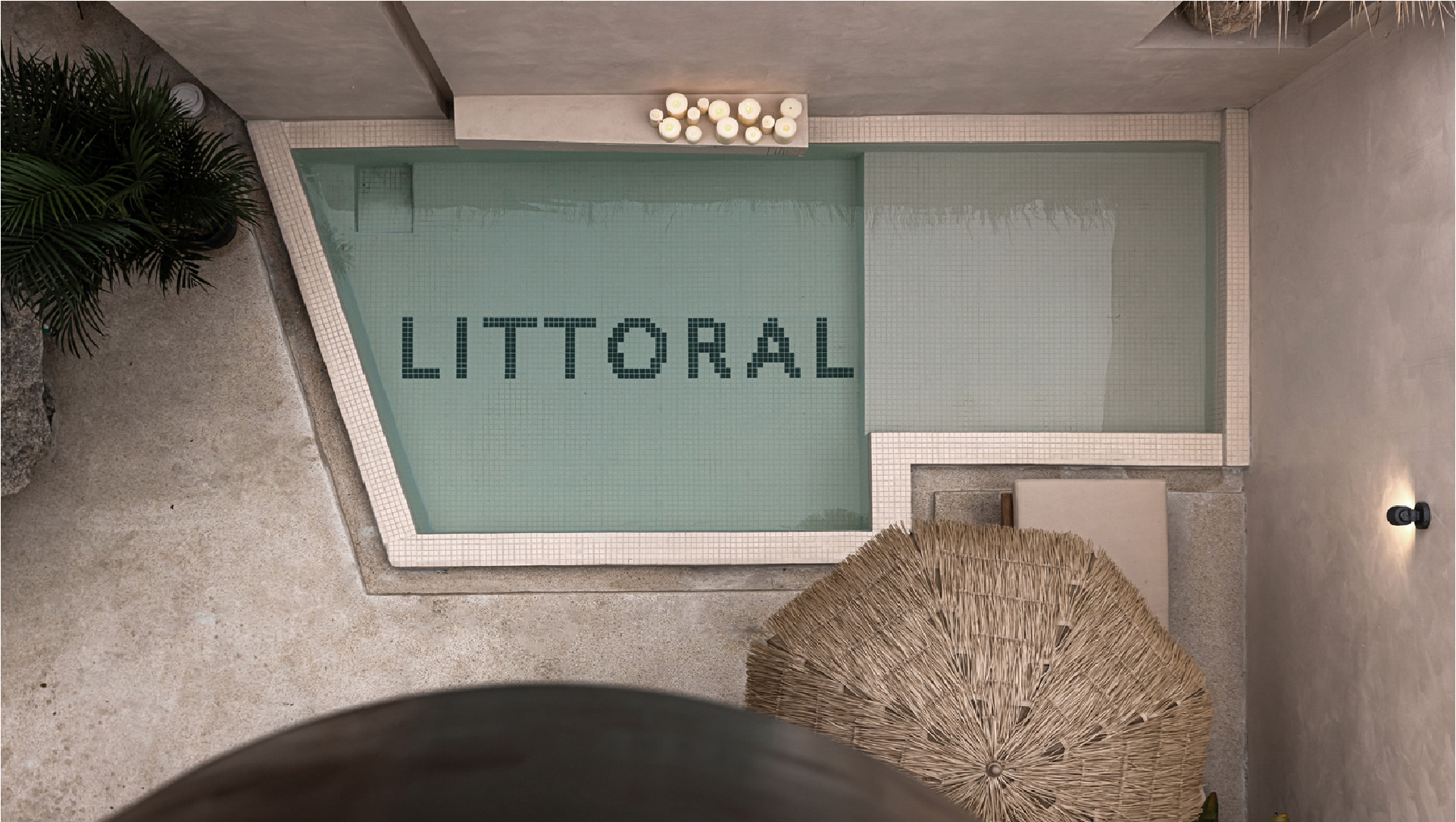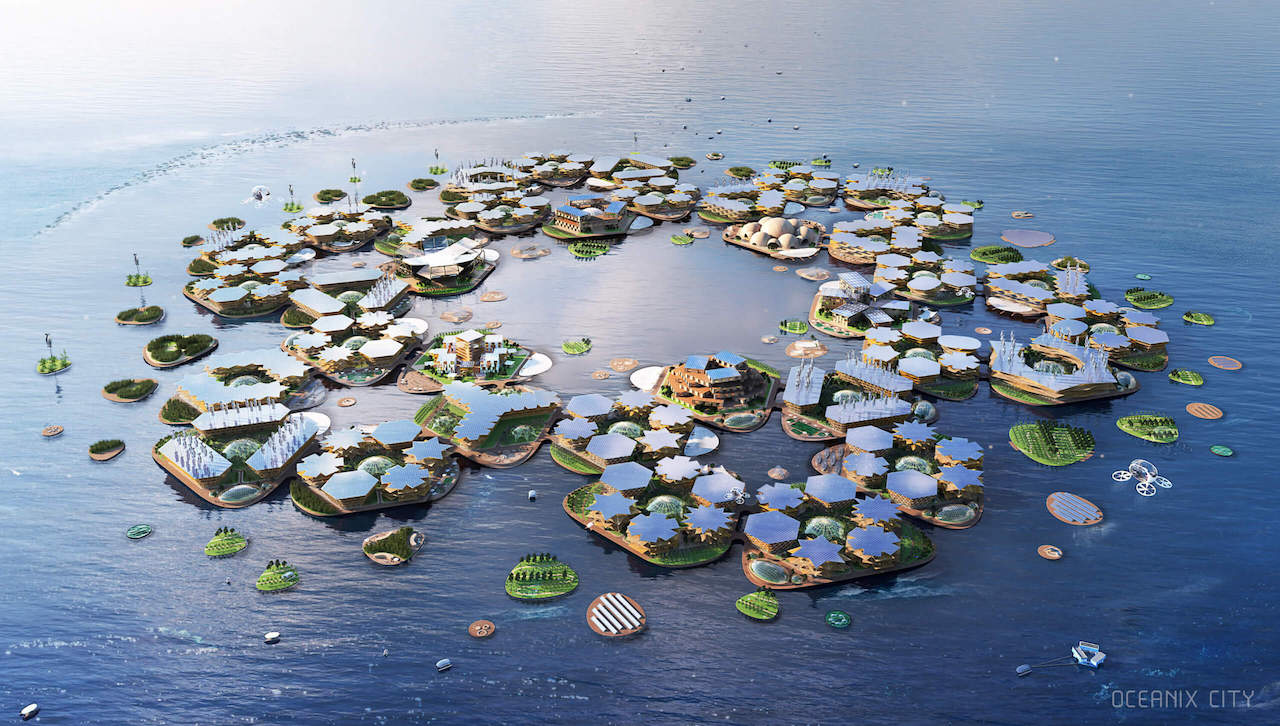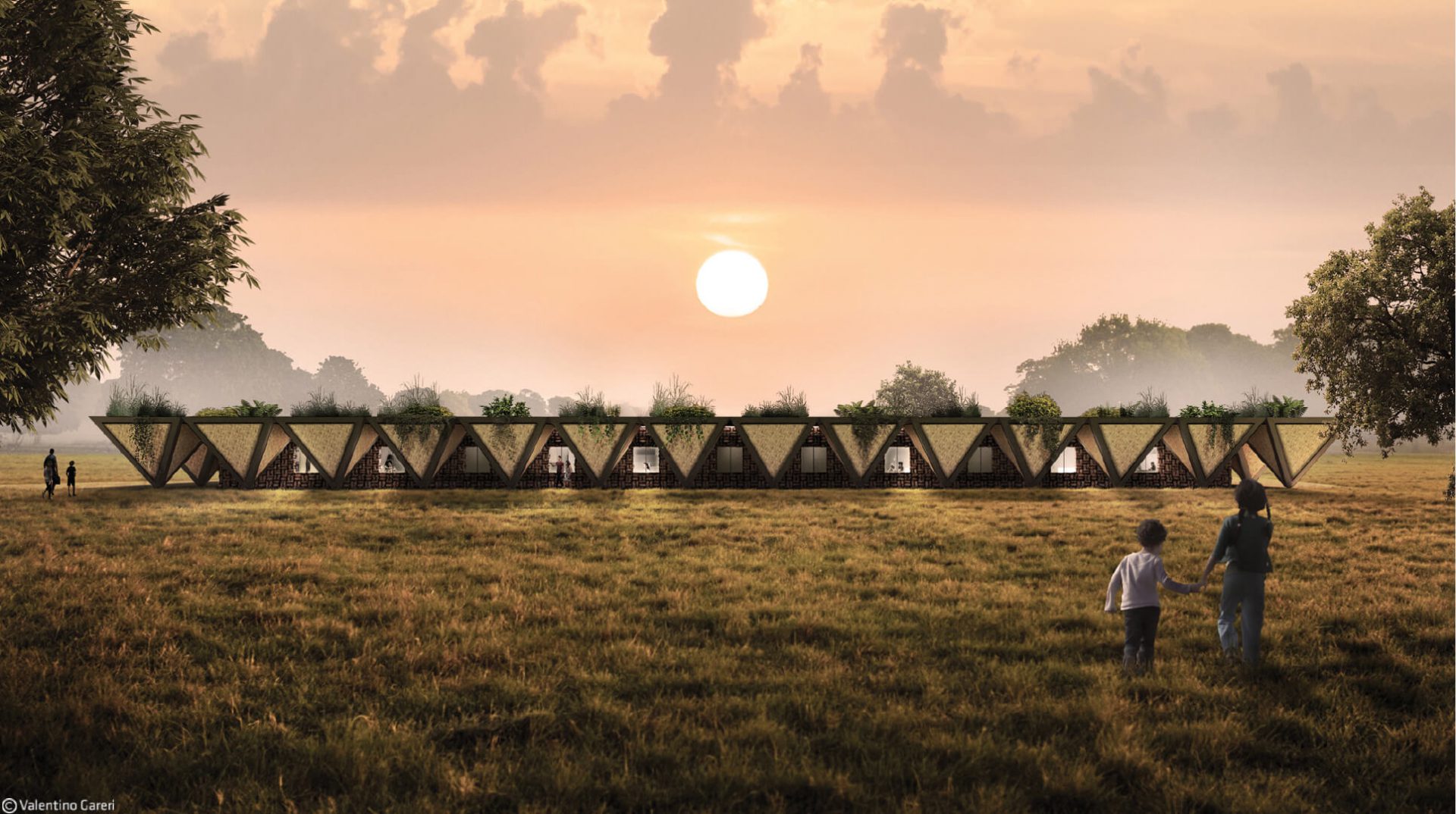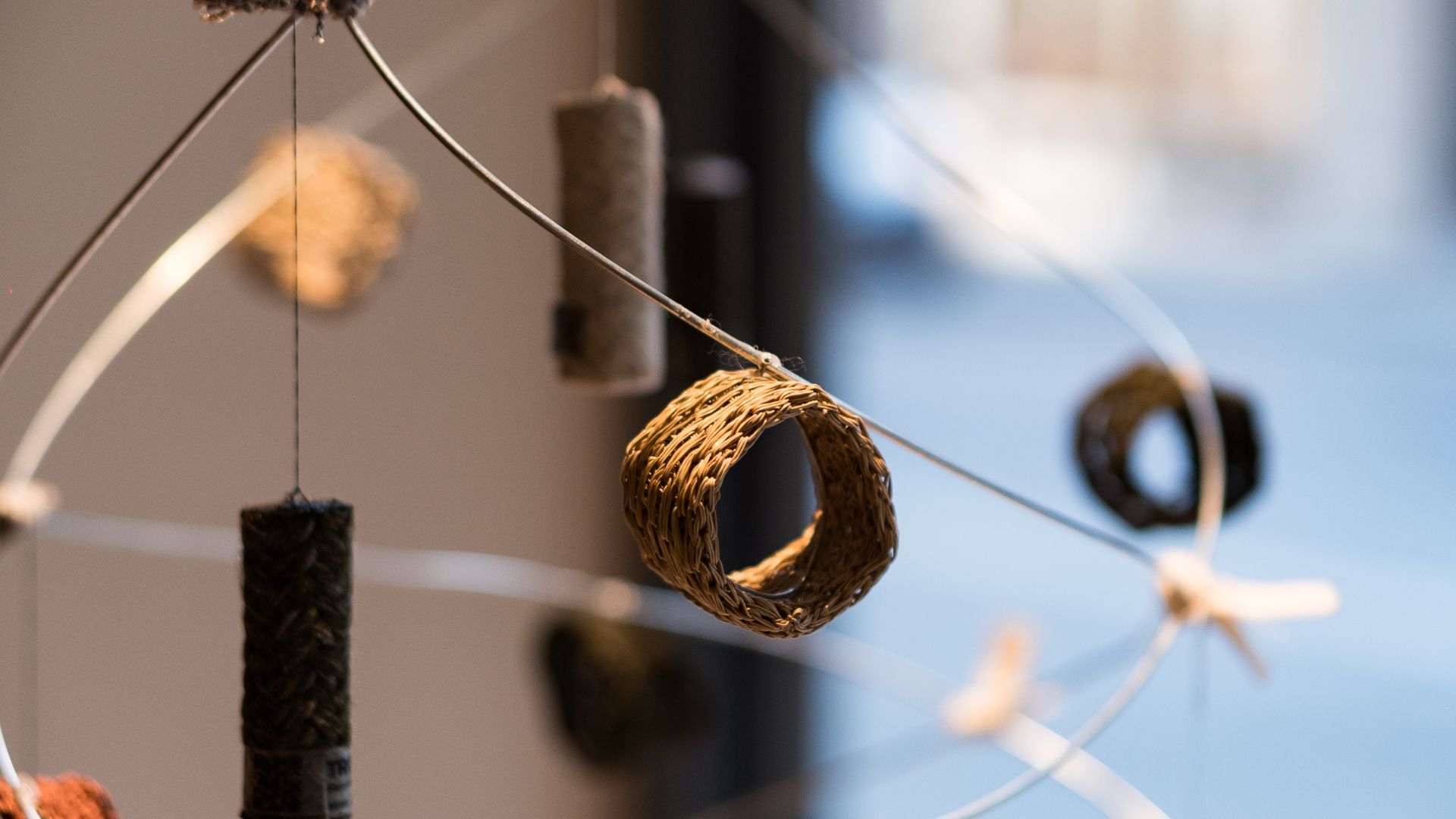Hello Wood, the global hub for architects, designers, and woodworkers
Founded in 2010, Budapest-based design and architecture studio, Hello Wood, creates incredible installations driven by innovation, social responsibility, and unwavering passion for great design.
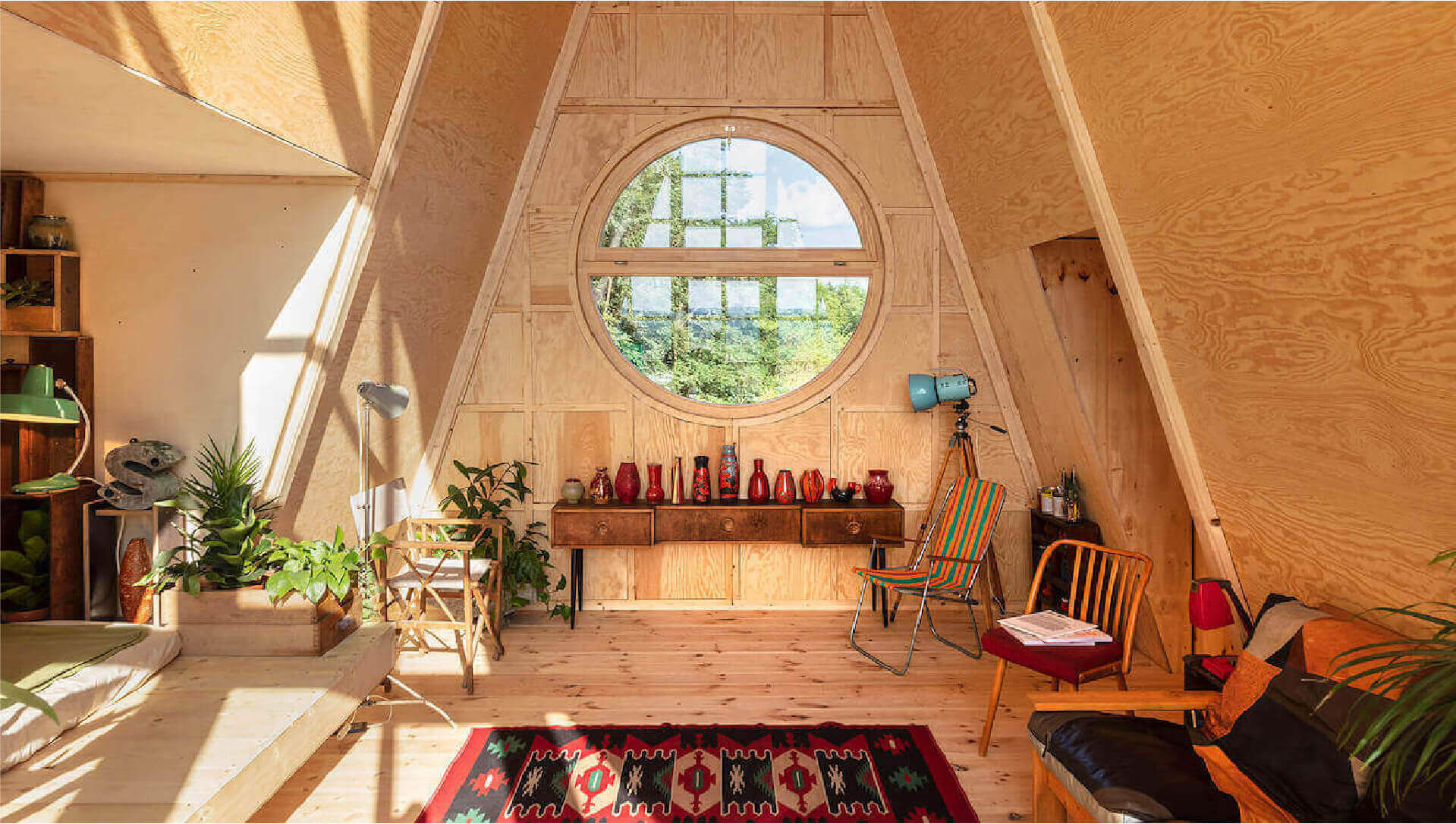
There are many creative and innovative studios, but Hello Wood is not your typical one. Delivering design, installations, events, education, and so much more, this architecture studio is a global hub for architects, designers, and woodworkers looking for new ways of sharing and producing knowledge.
Founded in 2010 by András Huszár, Peter Pozsár, Dávid Ráday, and Krisztián Tóth, it is a creative architecture and design studio as well as an educational platform for architectural dialogue and experimentation. Focusing and specializing in designing and building bespoke installations, the studio creates projects that are not only driven by innovation and great design but also with social responsibility.
Hello Wood, as mentioned in its name, works with wood and other sustainable materials to bring to life artistic large-scale installations that are eco-friendly and socially relevant while raising awareness, encouraging community building, and bringing architecture to the general public. Drawn by its innovative perspective, DesignWanted interviewed the Budapest-based studio and found out more about their vision, design process, and what they have in store for the future.
Gallery
Open full width
Open full width
Who are András Huszár, Péter Pozsár and Dávid Ráday? How did the journey for Hello Wood Studio begin?
Hello Wood:
“András Huszár, CEO, architect, co-founder is a true ambassador of the Hello Wood movement, bringing design thinking, community engagement and play into the workplace. He leads and manages the studio and remains actively involved in all stages of the design process. He cultivates relationships with clients and suppliers, and helps build lasting creative partnerships through our collaborative projects. He is also co-founder of Hello Wood Junior, Hungary’s first design program for children.
Péter Pozsár is CEO, architect, and co-founder with a background in social architecture, Péter focuses on incorporating social responsibility into our educational activities and expanding the boundaries of architectural education in general. As co-founder, he manages the organizational development and oversees the studio’s design projects. When he’s not here, he teaches at the Architectural Institute and Doctoral School of the Moholy-Nagy University of Art and Design in Budapest. He is the proud father of Samu, Ábel, and Bori.
Dávid Ráday is a designer and co-founder. As a designer and creative problem solver, Dávid works fluidly across different roles, including overseeing the creative output and leading the company’s brand division and business development. Having worked at advertising agencies like Ogilvy and McCANN, he has also helped establish our global marketing presence and visual identity. Aside from Hello Wood, he is currently the creative director of Sziget Festival.”

In 2019 Krisztián Tóth (creative professional, former CEO and Creative Director of Possible CEE, advertising agency) joined the company owners and is currently responsible for business development and business process management.
Krisztián Tóth, chairman of the board, co-owner Cannes Lion, Clio, Epica, D&AD, One Show, ADCE, Golden Drum and “Innovator of the Year” awarded professional, member of the Hungarian Design Award jury, system engineer. After leaving from POSIBBLE CEE as a chief executive officer and creative director he joined the Hello Wood team in 2017. With decades of experience in creative advertising agency, organizational development and business process management and as a former international CEO he manages the group with his expertise. Father of three, venturesome, loves motorcycling.
Hello Wood is an architecture studio and independent educational platform for architectural dialogue and experimentation, started as an art camp in 2010 for students in architecture, art and design. As an educational platform, Hello Wood has several branches: we organize the Hello Wood International Summer School and Festival for Architecture for international architecture and design students; Építész Mustra with the participation of every Hungarian architecture university; an Argentinian summer school for architecture students, called Hello Wood Argentina; Technika #1, our hometown’s Budapest’s first open DIY wood workshop and children design workshops, named Hello Wood Junior. We also organize exhibitions, conferences and we have 4 self-published books.”
Promoting the idea of “thinking with your hands”, our programs provide a unique experience in the craft of building, inventing, testing and an intimate understanding of the material itself.
The creative architectural and design studio was born from the educational work, around 2013. As a design studio we are specialized in designing and building custom-made, temporary public installations and unique cabins.”
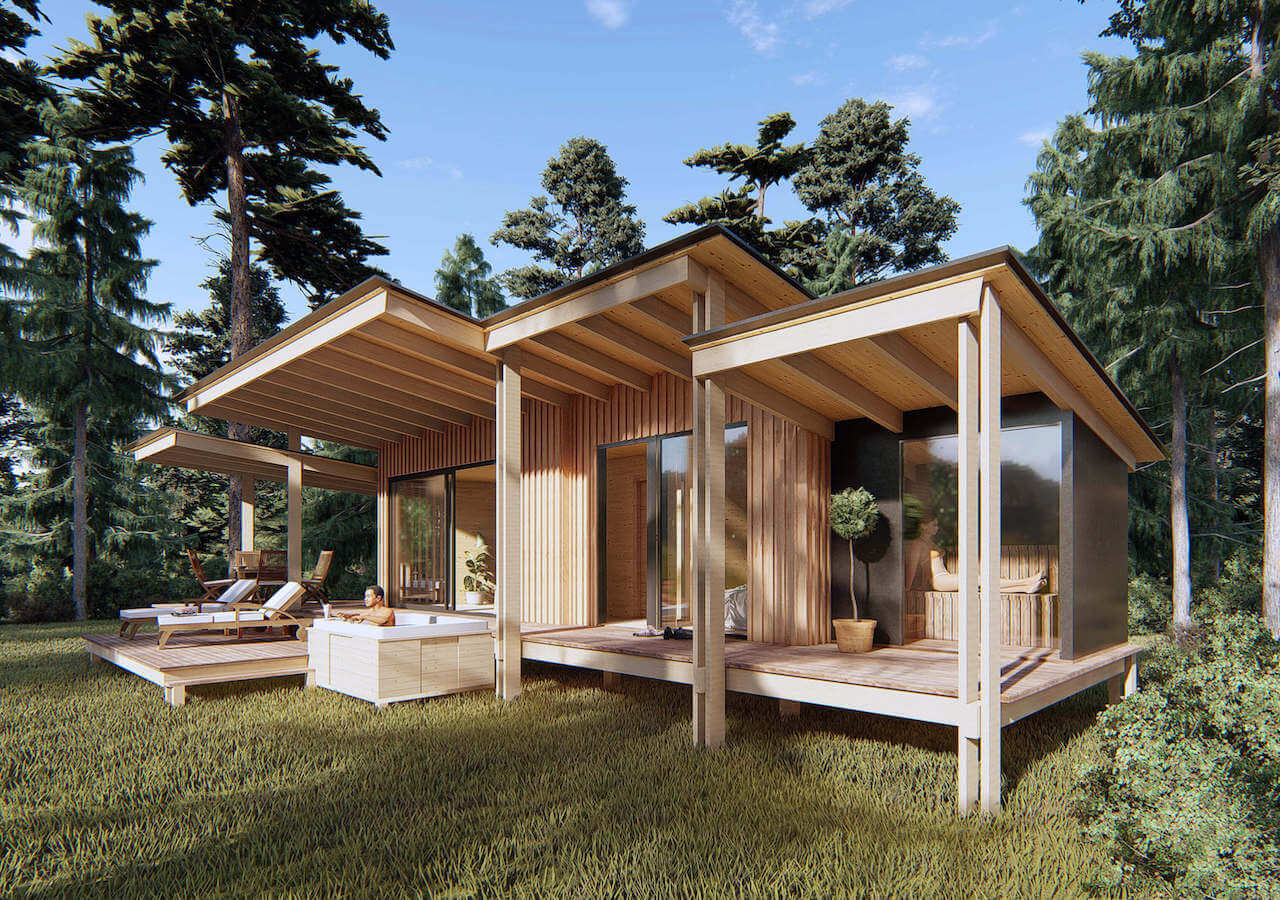
Why Hello Wood Studio, why focus on custom-made, temporary installations?
Hello Wood:
“Hello Wood started as a summer school with architecture students – working in wood is adequate when building with students: it’s the easiest material to be able to raise big structures with no specialized, professional experience. We also believe that wood is the obvious, sustainable building material. It is very important to use renewable sources, we try to incorporate planting trees in our life, etc. – but it’s also important to use the most relevant materials – meaning we use other materials too when it’s more suitable.
Our studio projects are driven by innovation, social responsibility and an unwavering passion for great design. We work with wood and other sustainable materials to create large-scale installations that are not only artistic, but also eco-friendly and socially relevant. Through our work, we aim to raise awareness, encourage community building and bring architecture closer to the general public.”

Having started out as an art camp, and now being a global hub for architects, designers and woodworkers; what is the purpose, message or motto Hello Wood Studio wants to convey through its works?
Hello Wood:
“We believe that building is a way of life. Building things but communities, personalities as well. Architects should experience real life and materials, should listen to people and nature. We all should create value, not objects. Becoming social entrepreneurs is a must. So become an extraordinary designer and a better human being at the same time!”

With a wide variety of projects that range from a workstation cabin to Smart Public Furniture and a forestlike child-friendly café, how do you choose the type of project to work on?
Hello Wood:
“The purpose of design must be problem-solving. Architecture and design are applied sciences so ultimately our clients tell us what kind of project they’re willing to have. Of course, we incorporate our vision into the design (after all, that’s why they choose us) to make it outstanding or to communicate with the audience. All in all, we design projects that excite us, it can be anything that involves innovation and is challenging (we only had challenging projects).”

The ‘Fluid Cube’ smart public furniture is one of your recent technology driven projects. What is one aspect of your job that is difficult and little known, but definitely crucial to your practice?
Hello Wood:
“To always challenge ourselves constantly with each and every project; to remain fresh; to not shoot for the Moon but the Mars; to be a design & build studio, educational platform, children’s design program, book publisher, sustainability influencer and many more at the same time.”

The newest ‘Workstation Cabin’ project is the extra room everyone wished for during quarantine. Could you tell us about the inspiration and process behind this project and its unique shape?
Hello Wood:
“We started designing the Workstation cabin a few months before the lockdown. We did not expect that the outcome of our previously launched alternative meeting room development would be discussed in connection with the virus situation. Like other companies, we had difficulties, as the production took place under COVID. Although there had been a market need for more intimate, separated meeting rooms prior to the start of the coronavirus pandemic, as we see it now, based on the first responses there’s already a rapidly growing demand for isolated work possibilities.
The aim with the cabin with a total floorspace of 8.5 square meters was to create a quality space – and quality is not a result of size, but a well-designed complexity. It was primarily intended to be a conference room, as it is suitable to host six persons comfortably. But it can also be used as a private office, a home office and an overnight accommodation, as it has enough room for a double mattress. We imagined how 6 people would use the space and developed the shape according to it. It was refined step by step before reaching its final form.“

During the design process we drawn inspiration from hi-tech space cabins, but with a natural touch so it fits a garden environment. We put high emphasis on the shape, one could call the process rather product design than building and structure design. Speaking of the use of materials, the cabins are built of a wooden frame structure, which is coated with PVC insulation. To achieve a “woodsy” feeling, we chose weatherproof wood cladding, but we can work with composite, metal, aluminum or corten cladding, too.
We used primarily wood as the cabin’s material procured from a company holding FSC certificate (sustainably cut wood). The office cabin is manufactured using state-of-the-art technologies; designed on the computer, the blueprint can be instantly forwarded to the CNC machine. Installation takes only a few days; modular prefab homes have the advantage of being delivered in one, so the customer doesn’t have to live at a construction site for months. As a consequence, any module can be replaced easily if necessary, as opposed to brick buildings where every little change requires some demolition work.”

Your creations range from organic shapes to geometric ones and with different ways of using wood. What are the major issues or biggest challenges you have encountered during your design process?
Hello Wood:
“Challenges are always present during our projects’ design process so it’s hard to pick one – maybe it’s best to tell you 2 of them from our latest cabin projects:
Workstation Cabin – We had to create unique building structure solutions since the Workstation Cabin has a multi-dimensional shape going against all the classical forms of a cabin/house. Walls flow into roof and vice versa. When a building has two (or even more sides) coming together the main concern is to keep it watertight. This meant that special intersections had to be designed.
Kabinka – Using sandwich panels in design environment and the structure challenges that came with it (installation of doors, fixture of the structure, etc.). – basically experimenting with a material that is most often seen in industrial environments and applying it to a design product.”
Through your work, you aim to raise awareness, encourage community building and bring architecture closer to the general public. What is the next step for Hello Wood Studio?
Hello Wood:
“Fortunately, we are working on several projects simultaneously, such as opening our own beautiful Hello Wood cabin getaway resort in the near future in Hungary. Hello Wood’s manifesto for the Builder Society and its drive to do something more for society – as mentioned earlier we want to turn people into builders: building not just things but communities. Within the framework of an international cooperation, we will further develop the methodology of the Hello Wood educational programs (which has been applied and refined in the past 10 years) and make it available.
Anyway, our studio and network is full of creative individuals so anything new can happen in a matter of time – launching Hello Wood TV, organizing a wooden innovation competition, having a new book, and the list goes on :)”















